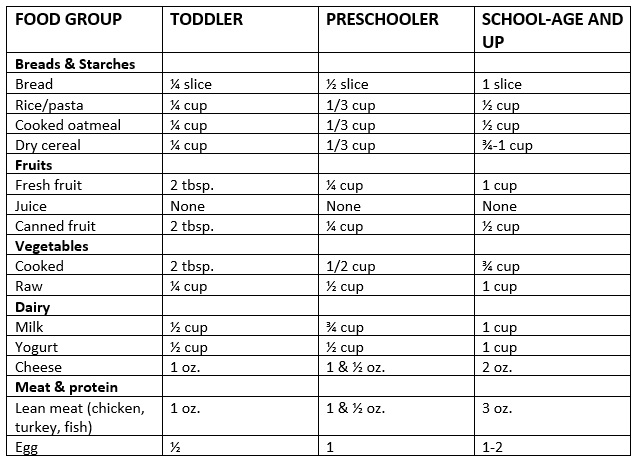Newborn Checkup Schedule
Newborns need to visit the pediatrician for well-child visits at certain intervals of time. These times may vary but it is recommended that they go at 3-5 days, 1 month, 2 months, 4 months, 6 months, 9 months. These visits continually keep track of your baby’s development to assure they are growing at a steady rate. Visits usually include a physical exam, nutrition advice and support, vaccinations, consultations of what to expect, and tests (only when needed).
What to Expect During Checkups
During your baby’s first visit around 3-5 days, the doctor will check for jaundice, weigh, and measure your infant. Take note of your baby’s feeding habits, sleeping schedule, and bowel movements so that you can report them to the pediatrician during this visit.
At 1 month, the pediatrician will likely administer your baby’s first or second hepatitis B shot (the first will probably be given at birth). Additionally, the doctor will make sure the belly button is healing correctly since the umbilical cord will have fallen off. Other vitals will be checked and the infant will receive a complete physical exam of the heart, lungs, eyes, ears, and mouth. The doctor will check newborn reflexes like grasp.
The 2-month checkup will likely include a wide range of vaccinations for things like polio, tetanus, and more. At this age, your infant may begin to smile, gurgle, and become more alert to sounds and familiar faces. Your pediatrician will ask about these developments in addition to performing the standard physical exams and charting growth.
At 4 months, your pediatrician will go over the usual information such as sleeping patterns, bowel movements, and physical exams. Additionally, the second round of vaccinations will be given. Your pediatrician will discuss introducing pureed solid foods and will be interested to know if your baby is lifting their head, able to roll over, or lift onto their forearms. Babies may also begin to laugh and respond with simple noises.
A 6-month old baby probably has begun to eat solid foods, but if they haven’t this is a great time to start; this means any family allergies should be discussed. Your pediatrician will probably suggest adding in supplements such as vitamin D and iron, as young babies require high daily doses. Your baby will be old enough for the flu shot now and it is recommended as the flu can become very serious in young children. Another round of vaccinations will be given also.
Developmental screenings begin at the 9-month visit. These tests check for behavioral and developmental delays. Children usually begin understanding a basic command like, “no” and can say a couple simple, easy words. They also may begin sitting up without support and crawling. Your pediatrician may order a blood test around this age to check for conditions like anemia. At this time, your doctor will also tell you what additional foods may be beneficial to introduce as your baby will probably be teething.
Continuing Checkups
Your child will continue to grow and develop after your 9-month visit. At 1 year, babies can usually say a few basic words, walk with help or by themselves, stand alone, and follow more in-depth commands. Continuing checkups with your pediatrician is necessary to:
- understand what foods may be continued to be introduced;
- continue and update vaccinations;
- and perform ongoing developmental screenings.
Stepping Stone Pediatrics serves patients from prenatal stages to young adults of 21 years of age.
Contact Stepping Stone Pediatrics
Stepping Stone Pediatrics is open Monday through Friday from 8:30 a.m. until 5 p.m. For more information about newborn care and services, contact our pediatricians today. Call our Kennesaw office at: (770) 515-9000.


